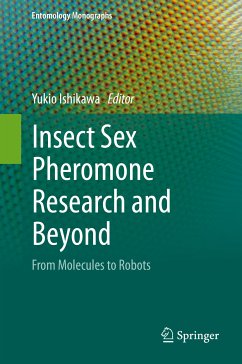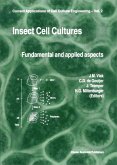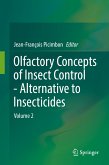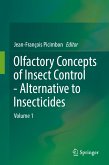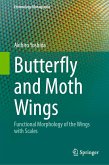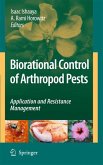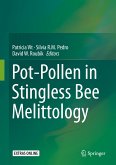This book provides a complete overview of cutting-edge research on insect sex pheromones and pheromone communication systems. The coverage ranges from the chemistry, biosynthesis, and reception of sex pheromones to the control of odor-source searching behavior, and from molecules to the application of research findings to robotics. The book both summarizes the progress of studies conducted using Bombyx mori and several groups of moths and reviews sex pheromones of some non-lepidopteran insect groups of agricultural importance. Attention is drawn to recent findings on elaborate neural information processing in the brain in male moths and to the importance of olfactory receptors specifically tuned to sex pheromone molecules. Featuring contributions from leading experts on the topic, this book will be a unique and valuable resource for researchers and students in the fields of entomology, chemical ecology, insect physiology and biochemistry,evolution, biomimetics, and bioengineering. In addition to researchers, general insect lovers will find the book fascinating for its descriptions of the marvelous abilities of insects and the underlying mechanisms involved.
Dieser Download kann aus rechtlichen Gründen nur mit Rechnungsadresse in A, B, BG, CY, CZ, D, DK, EW, E, FIN, F, GR, HR, H, IRL, I, LT, L, LR, M, NL, PL, P, R, S, SLO, SK ausgeliefert werden.

